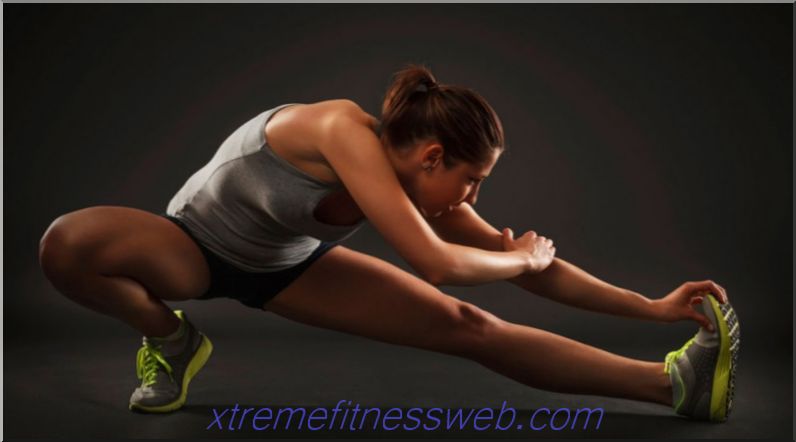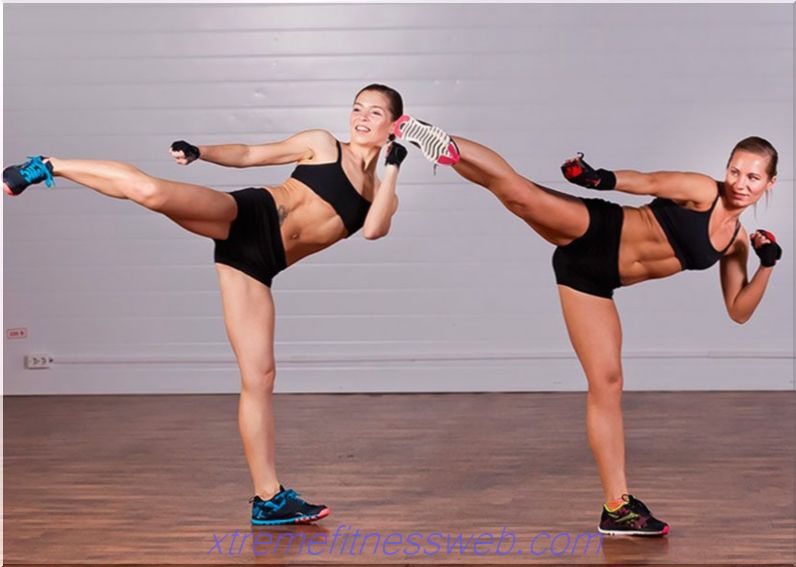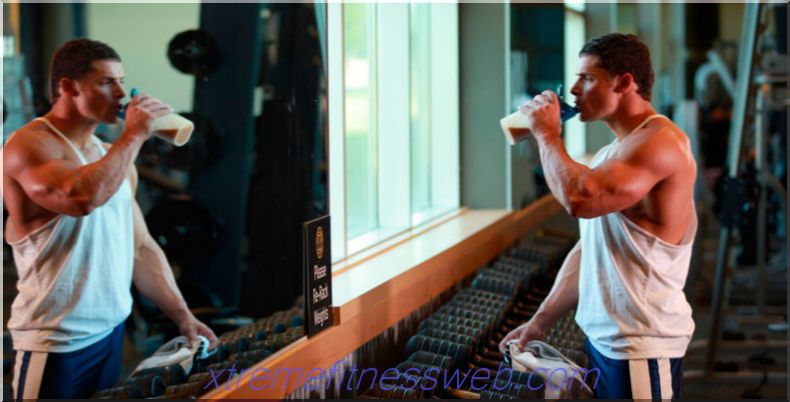
Being a good alternative to squats, especially for athletes who have back problems, this exercise will work out a large array of muscles of the front surface of the thigh and provide an incentive to increase their mass and strength. In terms of load, it is slightly inferior to squats, but exceeds the degree of isolation of the power work of the quadriceps femoris. The load is shifted to the quadriceps beams located closer to the medial side of the thigh, but by changing the position of the feet, you can vary the points of application of the exercise in different ways.
Content
- 1 working muscles
- 2 Technique
- 3 Tips
- 4 Application
Working muscles

Quadriceps femoris, intermediate thigh muscle
Auxiliary muscles: hip biceps, semi-tendon and semi-membranous muscles, gluteus muscles, partially calf muscles.
The simulator for performing such presses is a machine statically fixed on the floor, on which there is a moving platform with places for securing cargo. More often there are machines, the angle of attachment of the platform to which is approximately 45 degrees, but sometimes you can find quite strange, at first glance, devices in which the trolley for the bench is fixed at an angle of 90 degrees, i.e. perpendicular to the floor. Leg press on such machines is much more difficult, and getting injured is much easier.
Execution technique

- Lie on the back of the simulator, press firmly against it with your whole back, grasp the handles that block the limiter with your hands.
- Place your feet with your whole foot on the bench trolley, so that the feet are shoulder width apart or slightly narrower. The big toes look to the sides, the heels look at each other, which gives the predominant study of the outer bundles of the quadriceps. With the reverse setting of the stop effect, it shifts to the well-known medial bundles, which have the shape of a drop hanging over the knee.
- Now get ready, remove the platform from the blocking stops, and squeeze it up until the legs are straight in the knee joints - this will be the starting position for this exercise.
- Take a deep breath, and gently bending your knees, lower the platform down, but not too deep, not to touch the chest.
- The optimal angle in the knee joints should be 90 degrees. When the weight drops to the lower point, tighten, and as you exhale, powerfully squeeze the cart up with the muscles of the front surface of the thigh, but be careful not to unbend to the end of the leg in the upper phase, otherwise the load from the muscles will shift to the joints. Do not tear your buttocks off the seat - this can cause lower back injuries! Repeat as many times as you can, until complete muscle failure.
Tips

- Do not bring your hips very close to your chest. From below, the angle at the knees should be straight or slightly smaller. It is pointless to bend the legs more: the sharper the angle at the knees, the more the muscles of the back of the thigh pull the pelvis forward and provoke rounding of the spine, which is very traumatic.
- If the feet are closer to the upper edge of the platform, the muscles of the back of the thigh contract more strongly than the quadriceps. If the feet are located closer to the lower edge, then on the contrary - stronger than the quadriceps. But still, be careful: the closer the feet to the lower edge of the platform, the more difficult it is to bend your legs to a right angle at the knees while holding the heels on the platform. Remember: tearing off the heels from the platform, you can overload the knee joints.
- With your feet shoulder-width apart, or closer to each other, you will focus the load focus on the middle and outer thighs. By placing your feet slightly wider than your shoulders, you will “shoot” at the inside of the hips. If you want to have an expressive “drop” above the knee - place your legs slightly below the center of the platform at shoulder width and do bench presses. There is simply no better method to pump this muscle.
- Do not bend your legs to the maximum at the highest point. As soon as you block the knee joint, then the entire load moves from the muscles to the knee joints.
- Press the platform fully with your whole foot. Under no circumstances do you rise on your toes while tearing your heels off the platform.
- Performing a leg press, you can master a much heavier weight than in classic squats with a barbell. Naturally, this shows the high efficiency of the exercise, and its risk.
Application

Intended: For both beginners and professionals.
When: At the beginning of your leg workout, do squats with a barbell, and after that proceed to the bench press. In the middle of a leg extension workout in the quadriceps simulator. And end up with exercises for the back of the thigh.
How much: 3-4 sets of 8-12 reps.
Sports briefing: In bodybuilding, leg press (platform) is used, most often, to provoke the growth of the medial thigh muscle and to give it the shape of a huge drop over the knee. Nevertheless, by changing the position of the legs on the platform, you can move the center of load along the entire surface of the quadriceps and even address it to the muscles of the back of the thigh.
Performing a leg press, you will prepare your extensor muscles of the pelvis and knee joints to contract better and faster, which will naturally affect your athletic achievements in athletics (running, jumping), volleyball, soccer, hockey, karate (kicks) and swimming (free style and butterfly stroke).







